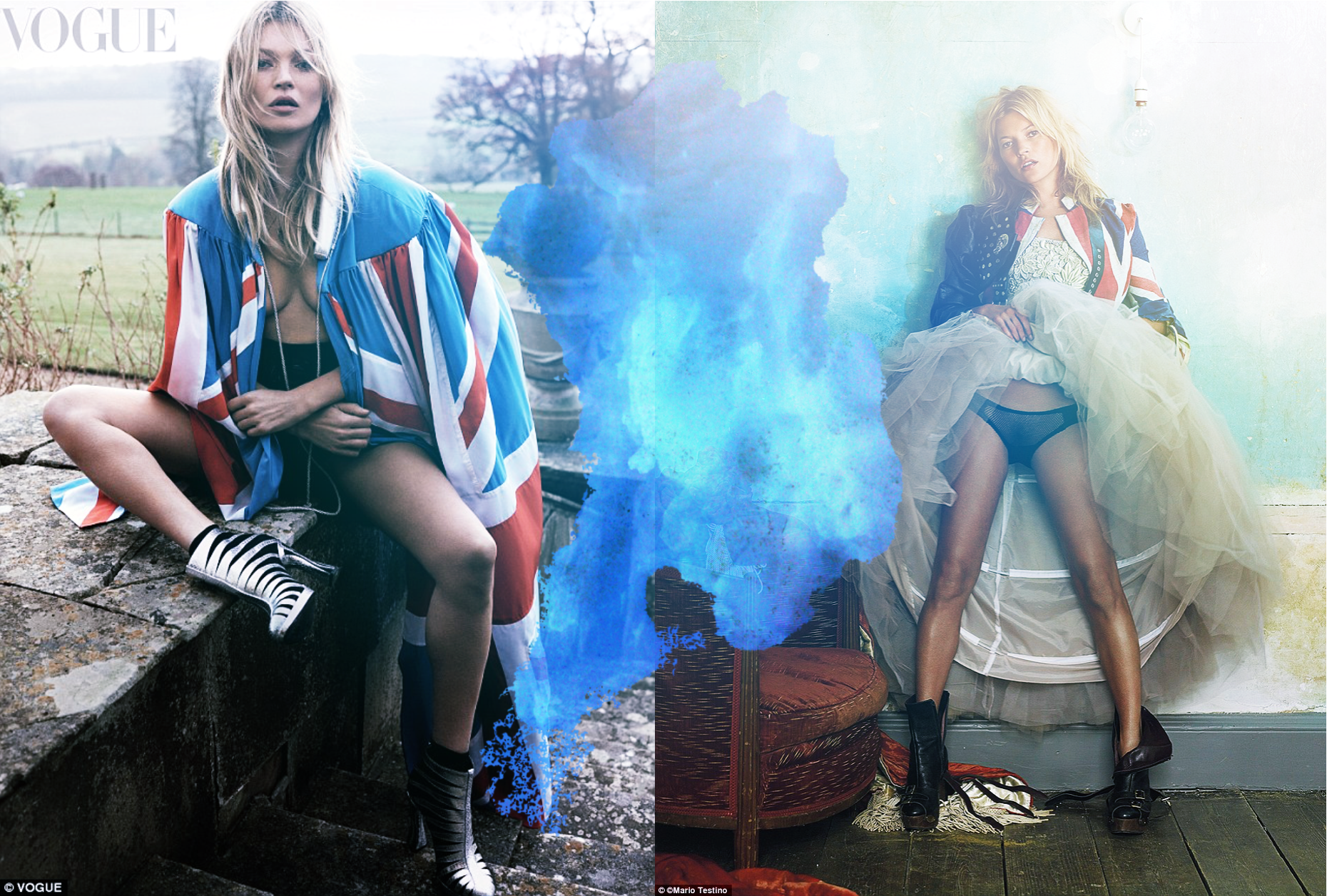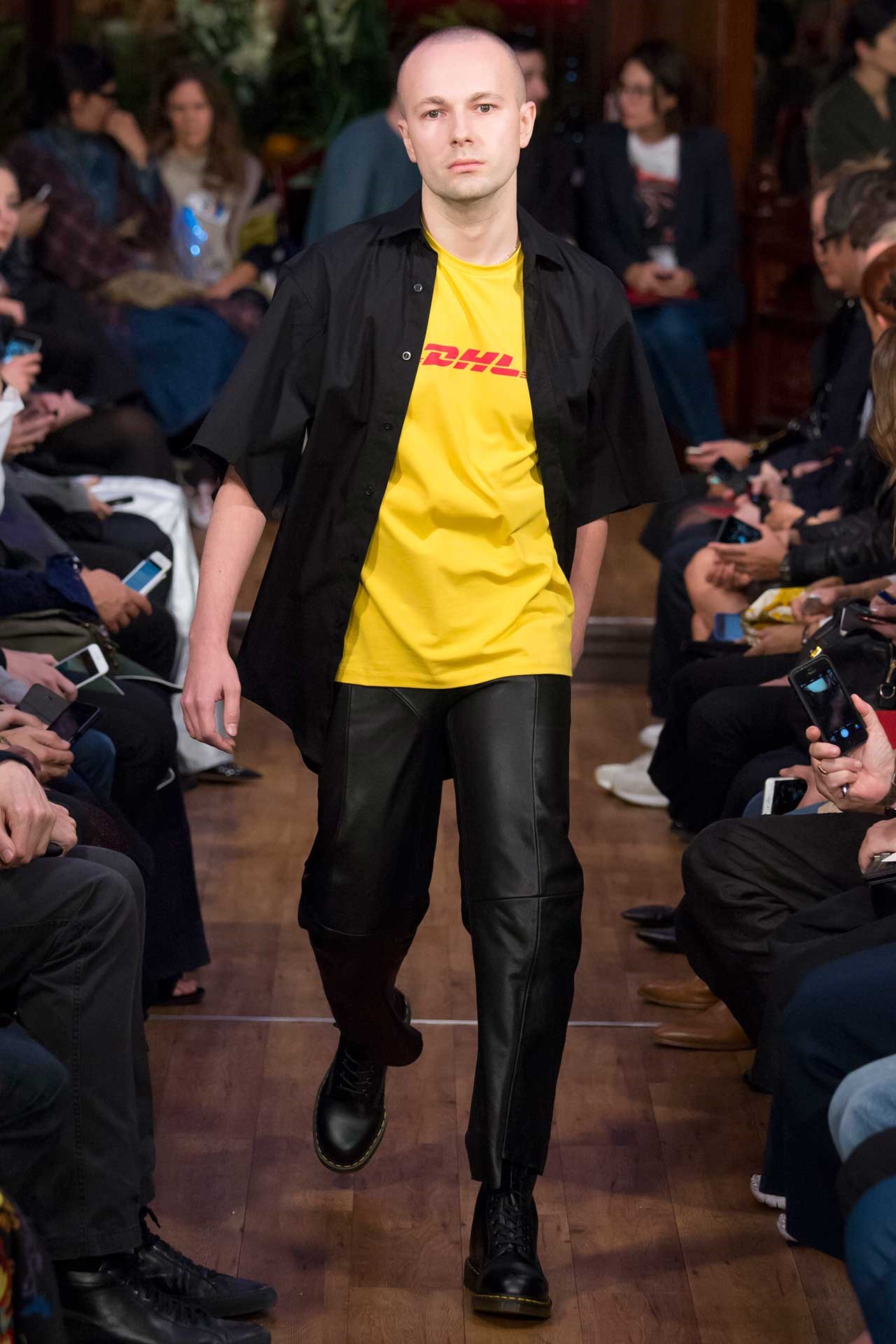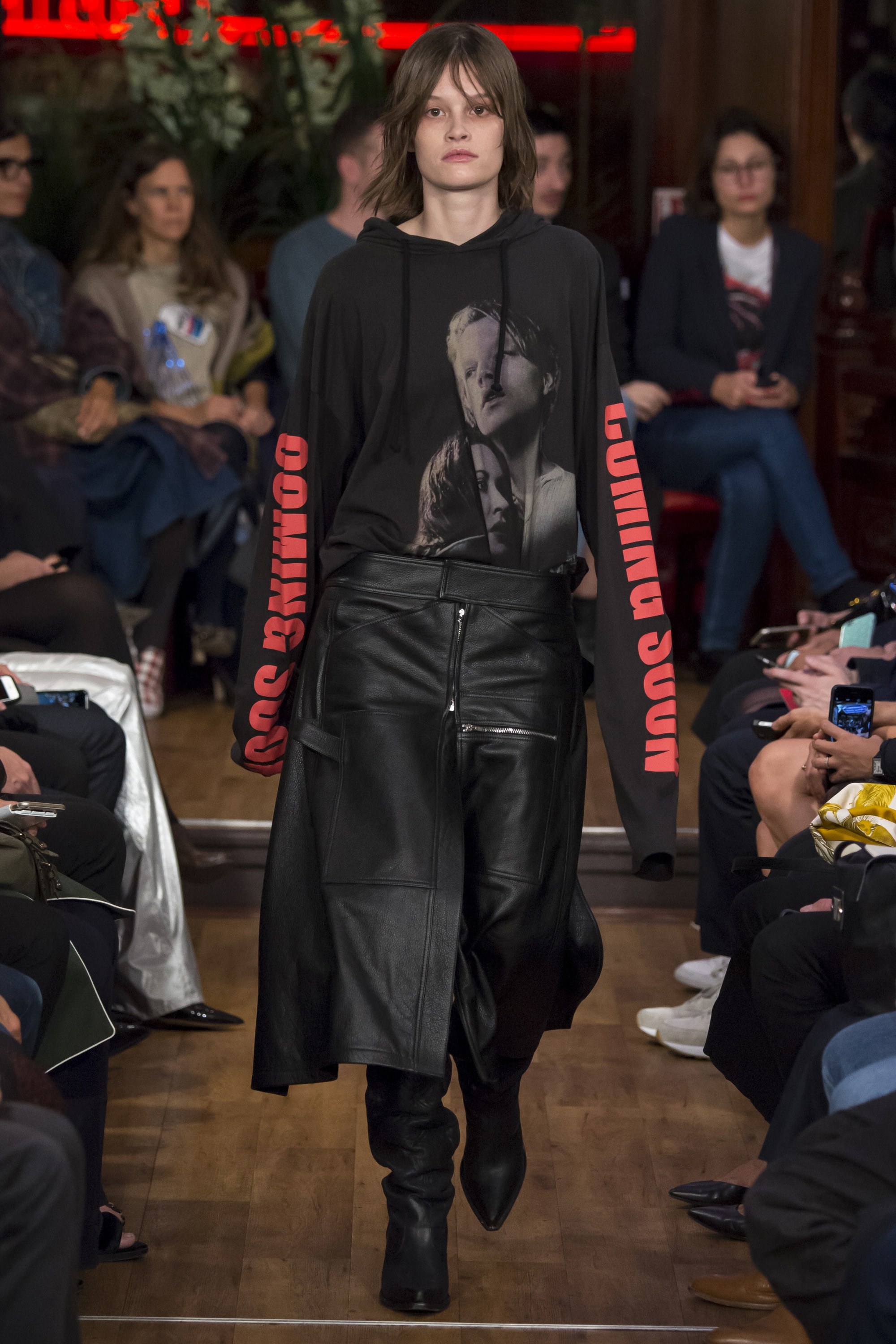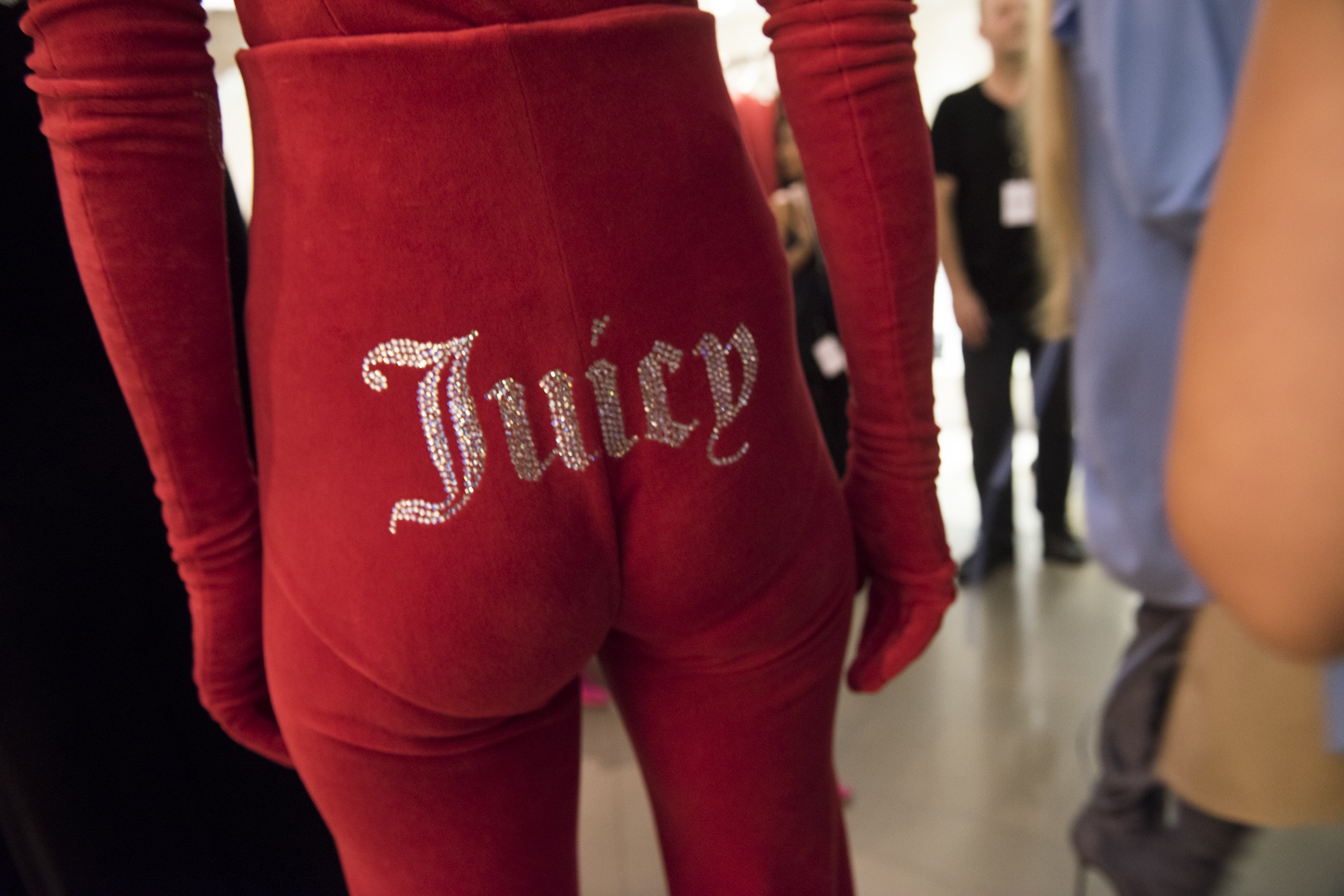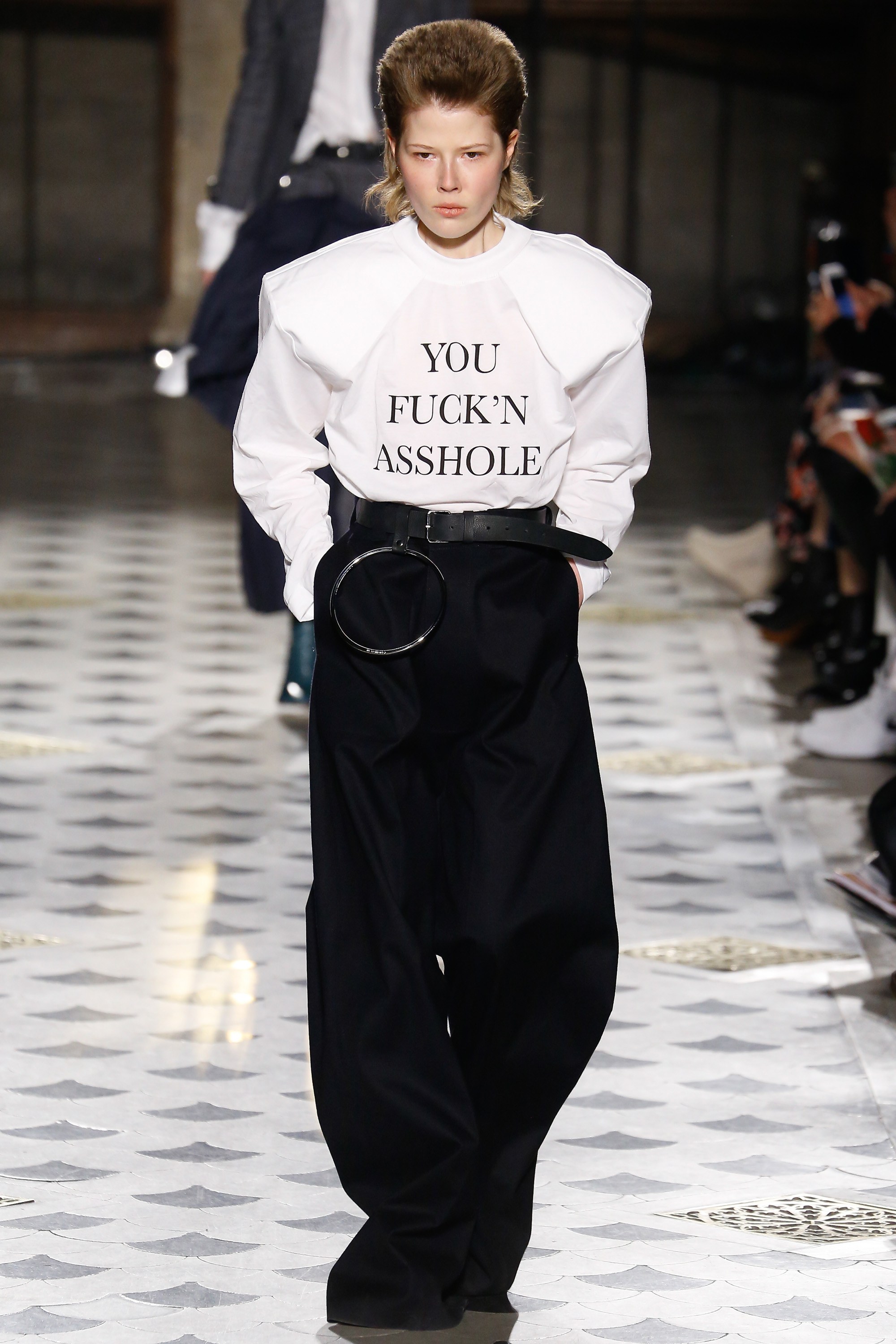Whether it be reading the troubling news or scrolling through the flood of street style photographs on Instagram, it seems recently things have become a lot more ugly. According to Lyst, the leading global fashion search platform, “Ugly” was one of the most searched terms in fashion for 2017 thanks to a dominance of fanny-packs, wedgie-inducing jeans, and bulky puffer jackets featured heavily on the catwalk. The global trend has escalated especially within the footwear segment with Birkenstocks, Crocs, Uggs and in particular the chunky “Dad” sneaker legitimised by leading designers within high fashion, including Christopher Kane and Dema Gsavalia for Balenciaga and Vetements.
Within the field of fashion ugly is now respected - it is unexpected, provocative, an unflinching punch. Ugly is more interesting than the conventional notion of pretty because it gets people talking and shifts our compass of aesthetic norms and expectations. As exemplified by the collections by the likes of Miuccia Prada, promoting “ugly” design offers something new to the conversation and often acts as a catalyst for further design innovation. While the current trend for ugly arises from a mix of factors including a priority of comfort over style and an increased nostalgia for 90’s throw-backs, the composition of a general trend is much more carefully calculated and out of a consumer’s own control. Case and point: Miranda Priestly in the Devil Wears Prada explains in the famous cerulean blue sweater scene-
In a FT interview Lauren Santo Domingo, contributing editor at US Vogue and co-founder of the online luxury retailer Moda Operandi, stated that for a consumer to be convinced in a purchase, they need to see it three times: 1) on the catwalk, 2) in the form of an editorial spread, and 3) finally in store. Throughout the process, the product never changes, but the context does. This clear-cut process can even be applied to the most demanding items… enter the Gucci fur loafers AW15. Trend making can be a calculated journey which makes consumers believe own sartorial decisions are purely individual but in truth are more often decided by higher powers and subsequently trickled down.
Why else would people buy platform Balenciaga Crocs for £350? Why else would people vote for a repugnant bully like Donald Trump for President?
Placing the process of fashion trend dissemination to political exploitation is the Cambridge Analytica whistleblower and PhD in fashion trend forecaster Christopher Wylie. As reported in The Observer, Wylie stated "Trump is like a pair of Uggs, or Crocs, basically. So how do you get from people thinking ‘Ugh. Totally ugly’ to the moment when everyone is wearing them?"
The same way “ugly” becomes a global trend - calculated repetition and visibility of the product.
By using the data harvested from over 87 million Facebook users, Trump was repeatedly presented again and again, in form of various tailor-made, targeted ads representing a trustworthy candidate who gets the job done. An all-American who was smeared by the fake news. A hero tackling the political correctness of the liberal establishment. You get it. They are wrong. They are “losers”. You have hopped on board a trend, a movement of something bigger.
You are wearing the Crocs instead of a hand-crafted pair of Manolo’s at the dinner party.
In fashion, trends come and go and through the digital landscape, they are extinguished as rapidly as they pop up suggesting Trump’s moment in the spotlight will soon become last season and tossed in the clearance pile. But it frightens me to think what comes next?


